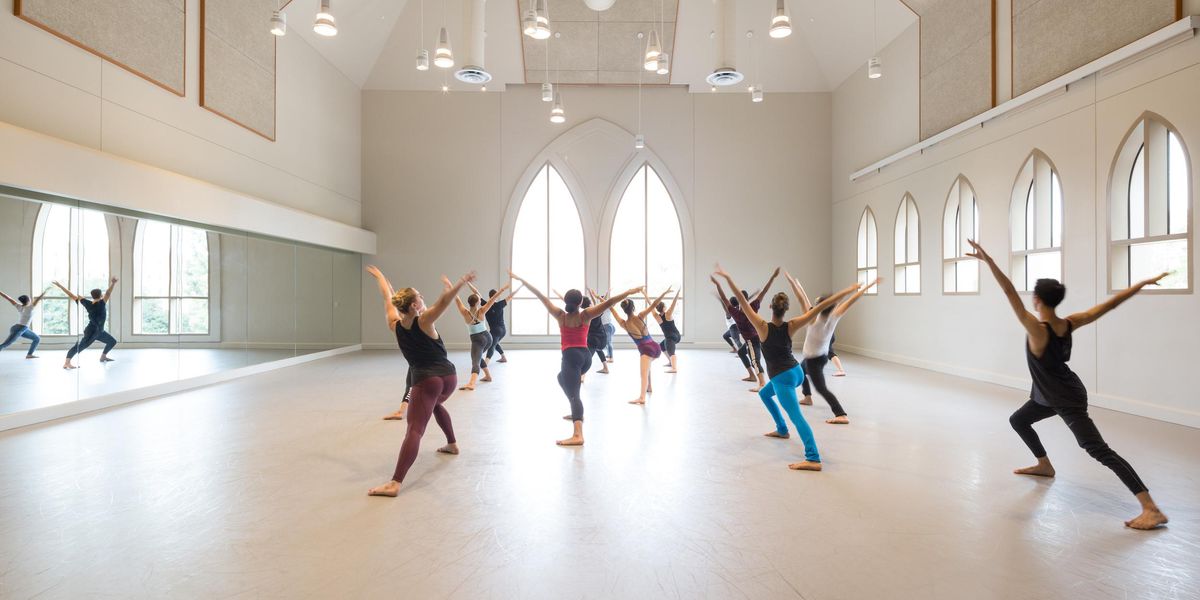Rudi van Dantzig (1933–2012)
Left to right: Hans van Manen, Rudi van Dantzig, and Toer van Schayk, resident choreographers of Het National Ballet, circa 1970. Photo © Jorge Fatauros, DM Archives.
Rudi Van Dantzig created more than 50 ballets of which the psychological drama Monument for a Dead Boy (1965) and the romantic Four Last Songs (1977) received international acclaim. Monument, about the awakening of homosexuality, broke barriers in ballet. Rudolf Nureyev, who became a lifelong friend, saw Monument, danced in it, and asked Van Dantzig to create three other ballets for him.
After seeing the film The Red Shoes as a teenager in Amsterdam, Van Dantzig started studying ballet. He was soon engaged by the demanding Russian dance teacher Sonia Gaskell. She needed him as a male dancer although he was not at an advanced level technically; she inspired him to become a choreographer. In 1955 Van Dantzig made his first piece, Night Island, for her group, which grew to be the Dutch National Ballet in 1961, and Van Dantzig became Gaskell’s successor in 1969. He also served as one of three resident choreographers, together with Hans van Manen and Toer van Schayk.
From 1971 to 1994 Van Dantzig was the only artistic director, helping to develop Dutch classical ballet. His offstage partner, Toer van Schayk, collaborated by designing the costumes and decors for Rudi’s ballets. Van Dantzig also choreographed for other companies including Ballet Rambert, The Royal Ballet, and Paris Opera Ballet.
Rudolf Nureyev in
Monument for a Dead Boy, circa 1969. Photo by Hans van den Busken, DM Archives.
A socially concerned human being, Van Dantzig portrayed his visions in his ballets—sometimes at the expense of the clarity of the movements. He believed that through dance and music he could make feelings such as fear, doubt, and happiness, clear. He chose dancers based on their ability to show these emotions.
He was demanding not only for himself, but also for others. He wanted his dancers to give their whole personality, be authentic and honest. With all his doubts about the world he said, “If you look through, you find in all my ballets something hopeful, a light. Young people are for me the symbol of innocence, the beginning of finding a better way.”
Aside from a choreographer he was a very good writer. His literary career started with his autobiographical novel For a Lost Soldier (1986), a moving account of his love affair with a Canadian soldier during World War II after his parents sent him, only 11 at the time, to the countryside to escape the Nazi occupation. It later became a movie.
He also published a memoir about Nureyev titled Remembering Nureyev: The Trail of a Comet. And in recent years, as he was fighting cancer, he wrote a book about Sonia Gaskell, which will be published soon.
—Helma Klooss
Photo at right: Sonja Marciolli and Henny Jurriens in
Four Last Songs. Photo © Jorge Fataauros, DM Archives.




